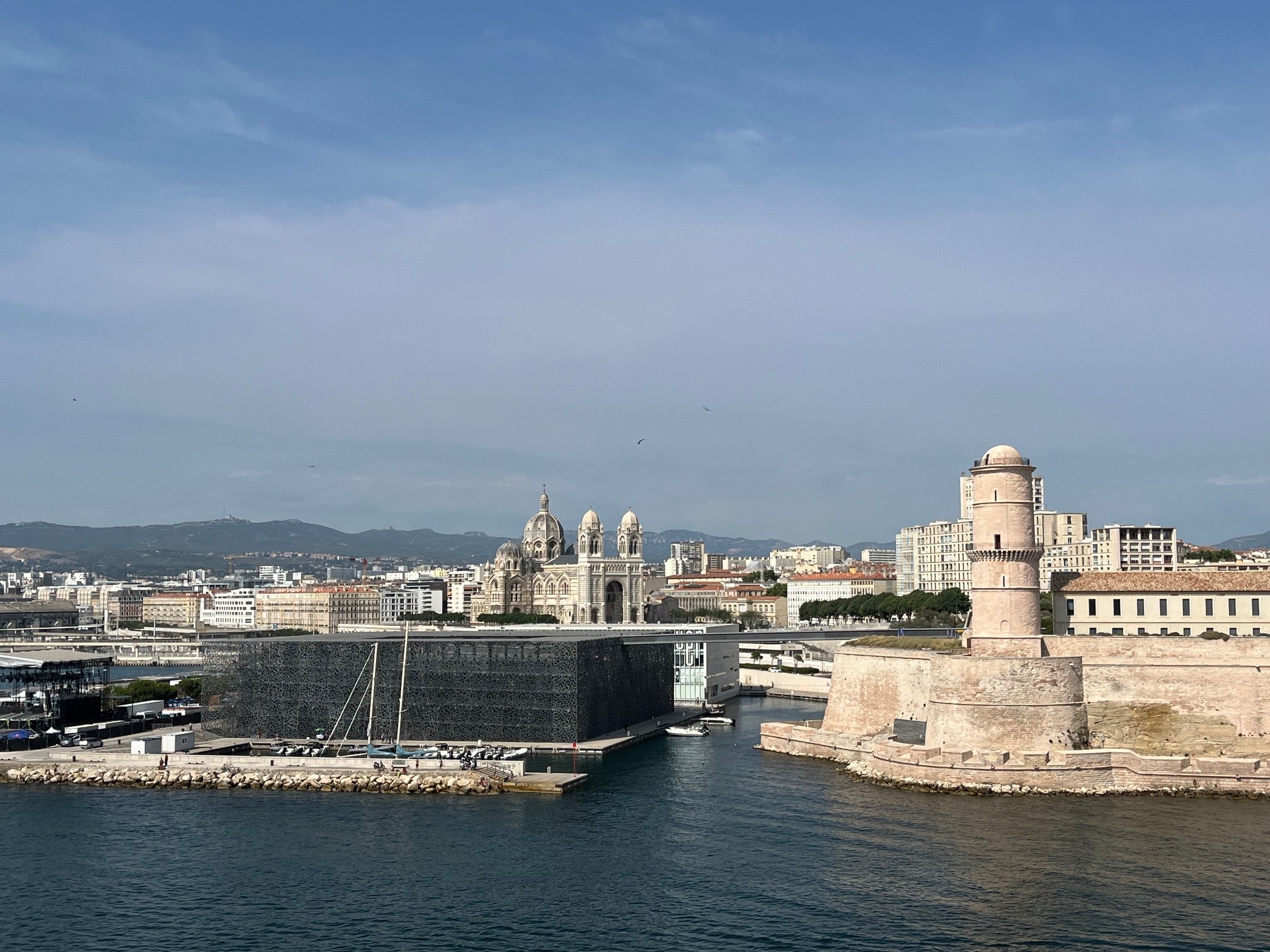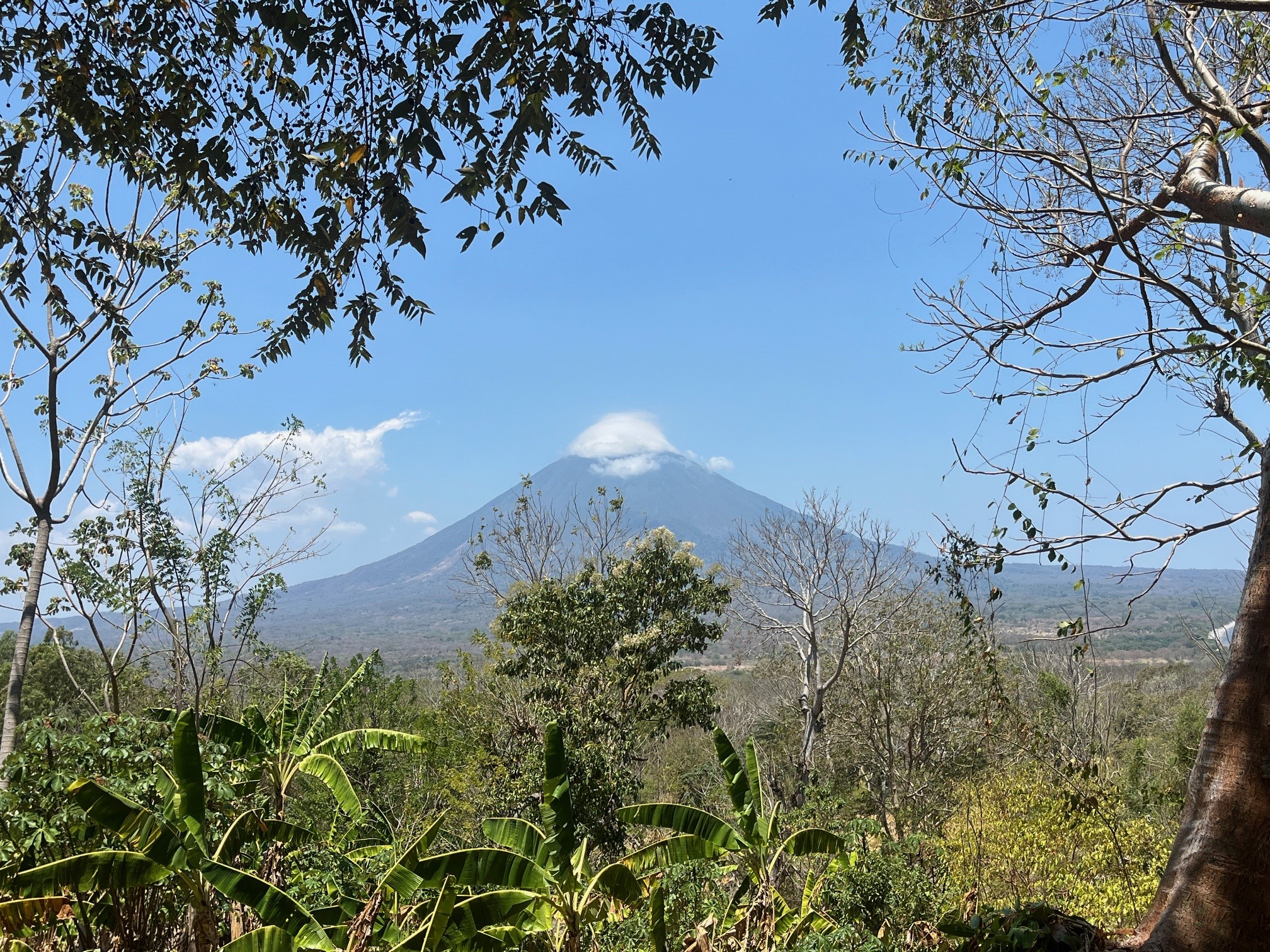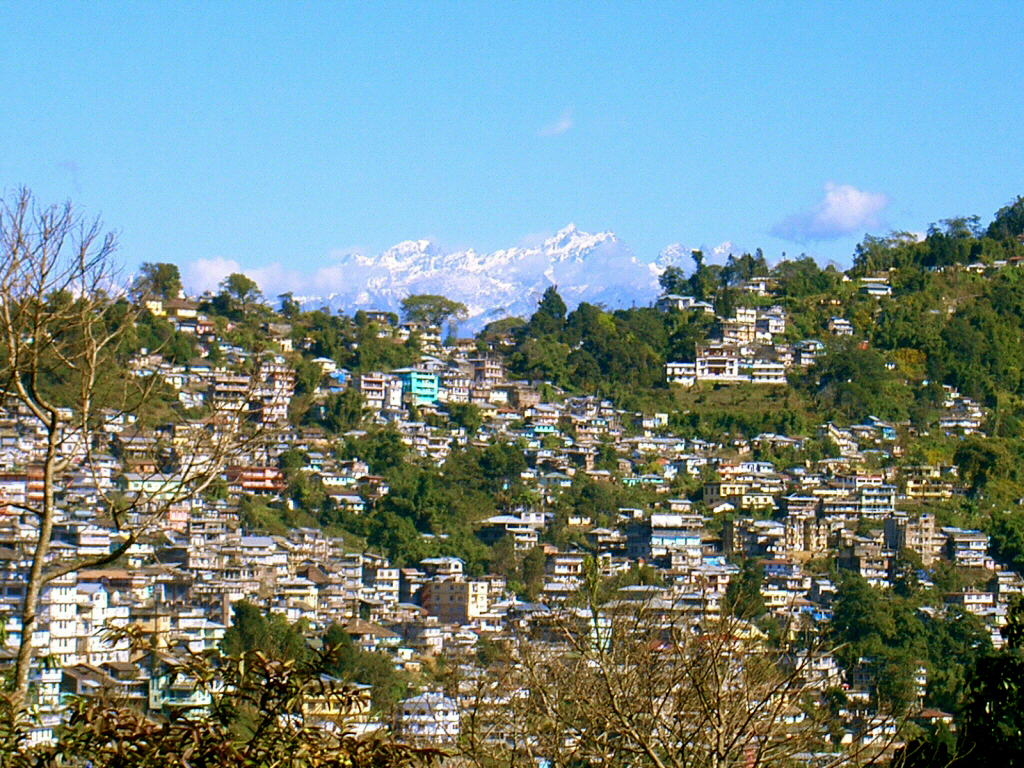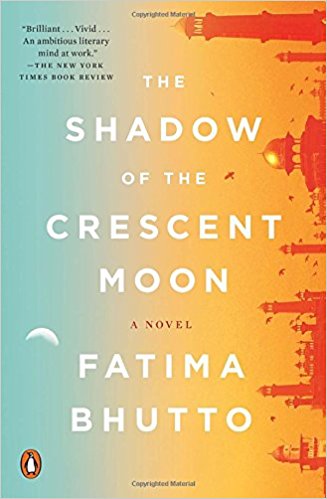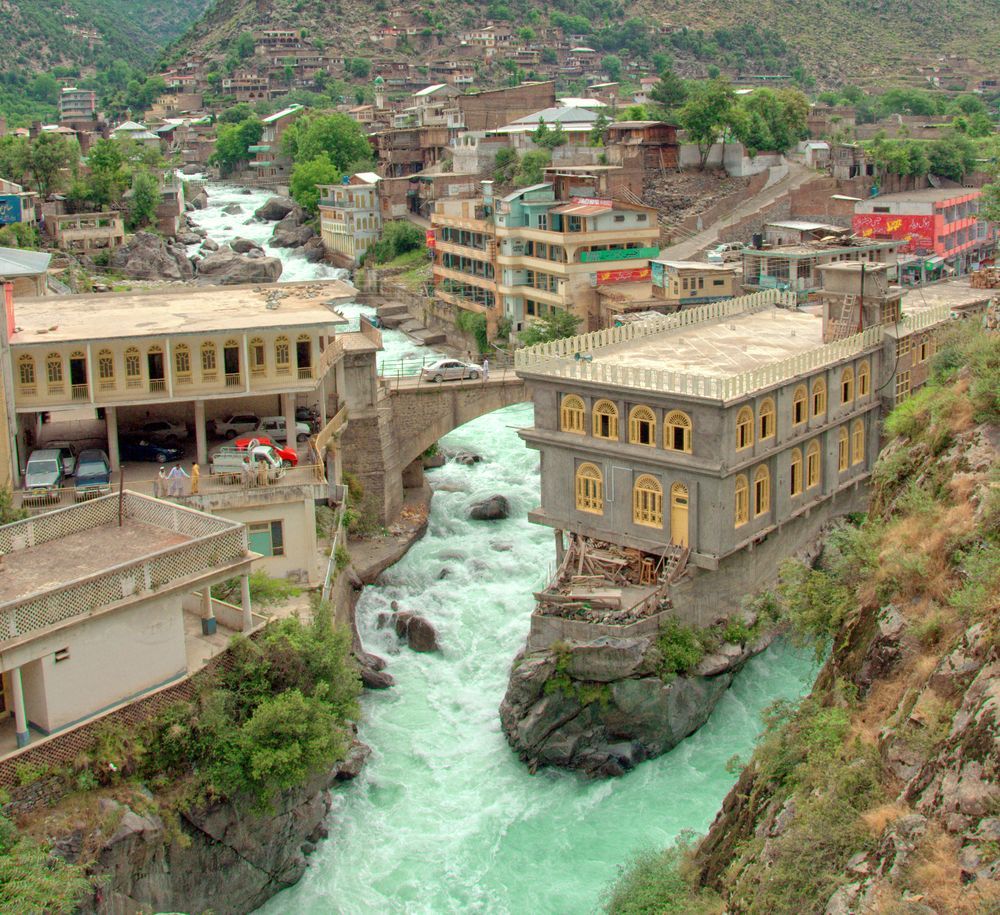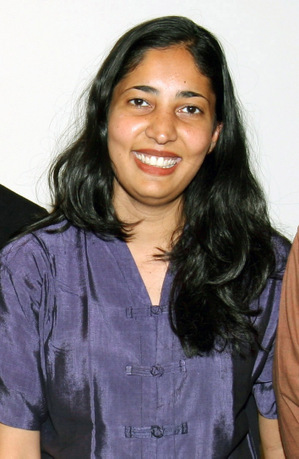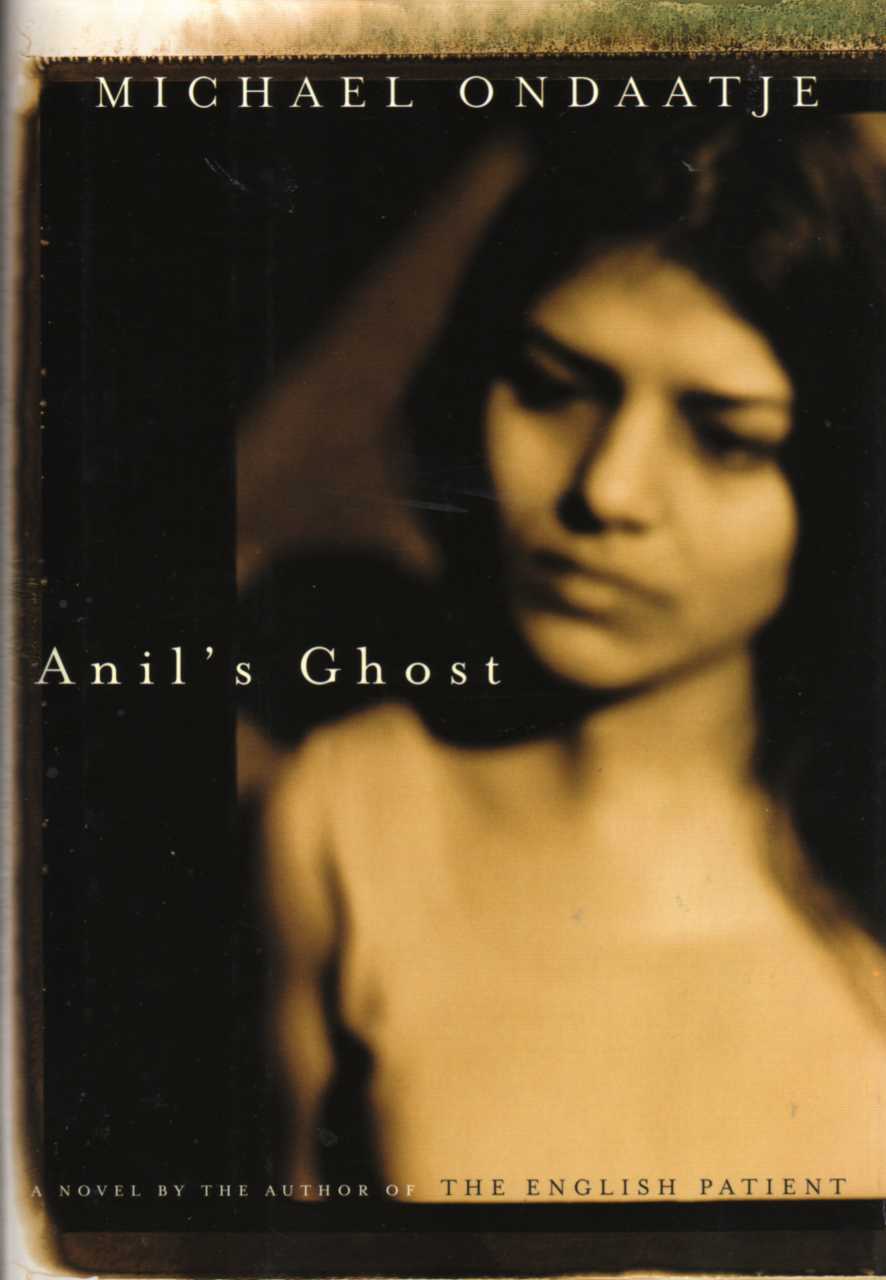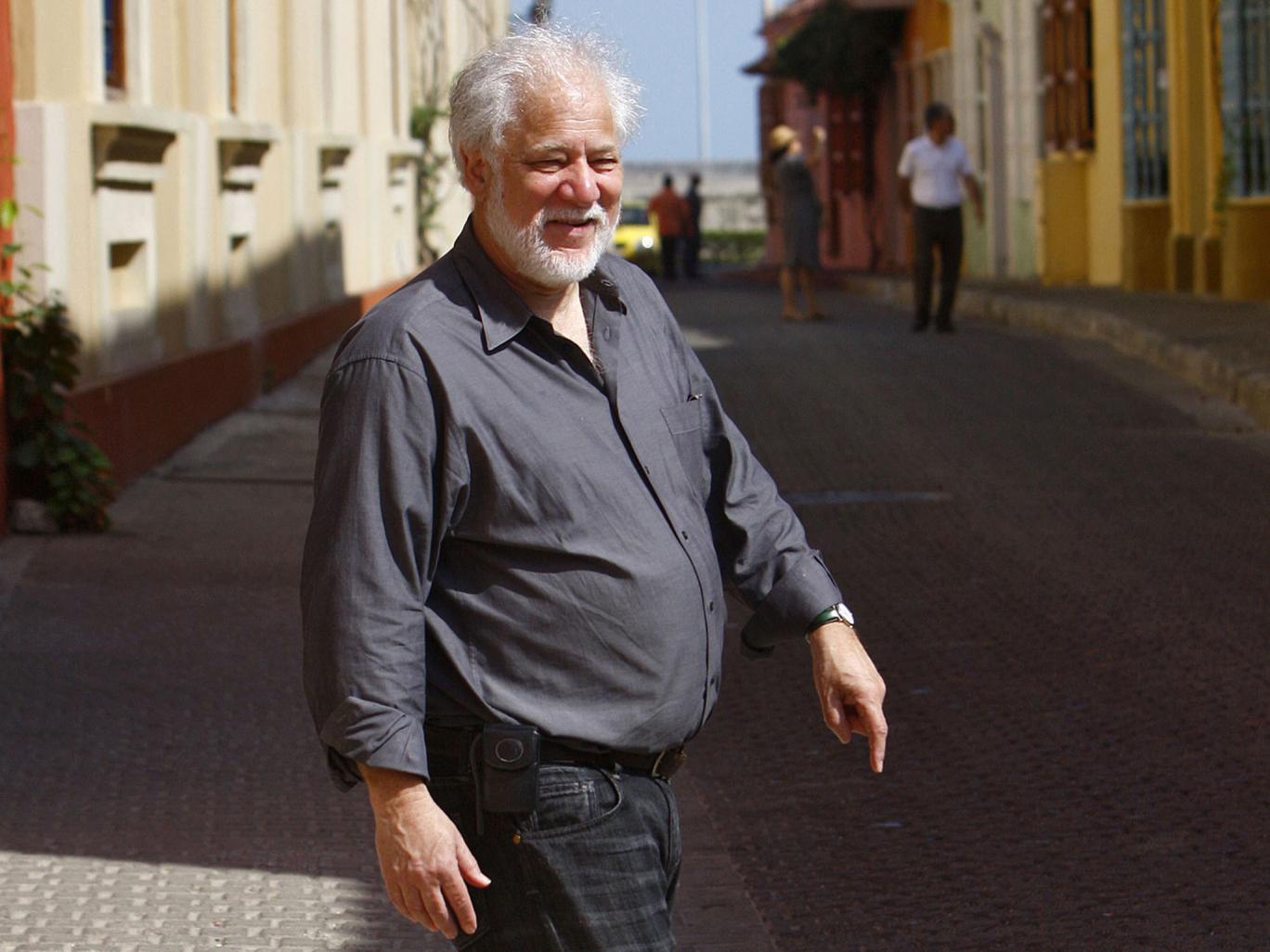If I were to pin on a map the three books I am grouping in this post, it would create an inverted triangle framing the Indian subcontinent. High up on the left, to the West of the Himalayas, « The Shadow of the Crescent Moon » by Fatima Bhutto takes place in Pakistan, in Mir Ali a remote town in Waziristan, not far from the Afghan border. High up on the right, east of the mountain range, is Kalimpomg, the setting for “The Inheritance of Loss” by Kiran Desai, a city in the Indian State of West Bengal, sandwiched between Nepal and Bhutan. Finally, the triangle’s tip, to the South, would show Sri Lanka where Michael Ondaatje’s novel “Anil’s Ghost” is set.
These three novels are about exile and return. In Ondaatje’s book, Anil Tissera is a Sri Lankan woman, previously known as one of the country’s best swimmers, who comes back after many years in the United States, as a forensic pathologist for an international organization investigating unsolved murders during the civil war. In « The Inheritance of Loss », exile and return play out over several generations and across different social classes. On the one hand, we are following Jai, a young girl living with her grandfather Jamubhai, a retired judge who studied at Cambridge. He is one of those anglicized Indians who never managed to readapt to the chaos of his native country, breaking with his parents and his wife and isolating himself in an old-fashioned snobbery. On the other hand, Biju, their cook’s son, tries his luck with odd jobs as an undocumented migrant in New York. Aman Erum, the eldest of three brothers sharing breakfast in the morning of the Eid celebration at the beginning of « The Shadow of the Crescent Moon » is just reluctantly coming back to his home town from New Jersey and is forced to reminisce the compromises he had to make to leave and go abroad.
Violence, terrorism and civil war are also at the heart of the three novels. In Mir Ali, three conflicts are intertwined: the fight against the Taliban who came from neighboring Afghanistan, a battle in which American drones are also thrown in the mix, the conflict between Shias and Sunnis and the traditional resistance of the mountain and “tribal” areas against the central power in Pakistan. Violence is so widespread that the three brothers decide to go pray for Eid in three different mosques to minimize risks. Sikander, the youngest is a respected doctor at the local hospital but often needs to interrupt his work to pick his wife Mina who seems to have lost her bearings since the death of their child and causes scandal in going and crying at funerals where she doesn’t know anyone. Hayat, the second brother wants to keep the promise made to his father to fight for their region’s independence.
Fatima Bhutto is the granddaughter of the assassinated prime minister Zulfikar Ali Bhutto, and the niece of Benazir Bhutto, another murdered prime minister – to whom she nevertheless assigns the blame for her father’s killing. She therefore knows a lot about political violence in Pakistan. She however decided to tell a story not from within Islamabad’s palace intrigues but describing how violence gradually engulfed the daily life of a small town in the mountains. Mir Ali’s region looks like the superb Swat valley, which Elisabeth II described as « The Swiss of the East » during a visit in the 60s, which I crisscrossed in 1993 during a trip in the mountains of Northern Pakistan and which is now one of the fighting grounds of the war against the Taliban. It is also Malala’s home, the young Peace Nobel Laureate who just made her come back there after having been attacked in 2012 by the Taliban because she was defending the right of girls to attend school.
In « The Inheritance of Loss », Kiran Desai’s novel, recipient of the Man Booker Prize, the violence is less intense but still present when partisans of the Gurkha independence movement – they are the soldiers of Nepali origin known for their valiance around the British Empire – fighting for the secession of Gorkhaland from West Bengal, occupy and pilfer the retired judge’s home. This political tension is enough to cast a shadow on the nascent love between Jai, the judge’s granddaughter and Gyan, his math tutor of Nepali origin.
Anil’s return to Sri Lanka takes place at the height of the civil war in the mid-80s. She needs to confirm that a skeleton discovered in an archeological site is not from the 6th century but is rather from a recent victim of the political violence ravaging the country and which is approved or even supported by the government. Should she trust Sarath, the government official assigned to accompany during her investigation?
Anil is also a female character playing the central role in Ondaatje’s novel. She manages to escape surveillance and pressure from the government. The two other novels, written by young women, also highlight women’s actions trying to find their way in a world where violence imposed by men is overwhelming, but in which they manage to find a path towards independence. In Kalimpong, Jai, the granddaughter of the anglicized judge falls in love with her math tutor Gyan, despite the social differences that separates them. Finally, in Mir Ali, the fight against the Pakistani government is led by Samarra, a women who goes around on a motorbike, who was Aman Erum’s fiancée before he left for the US but who now inflames the passions of his brother Hayat.


